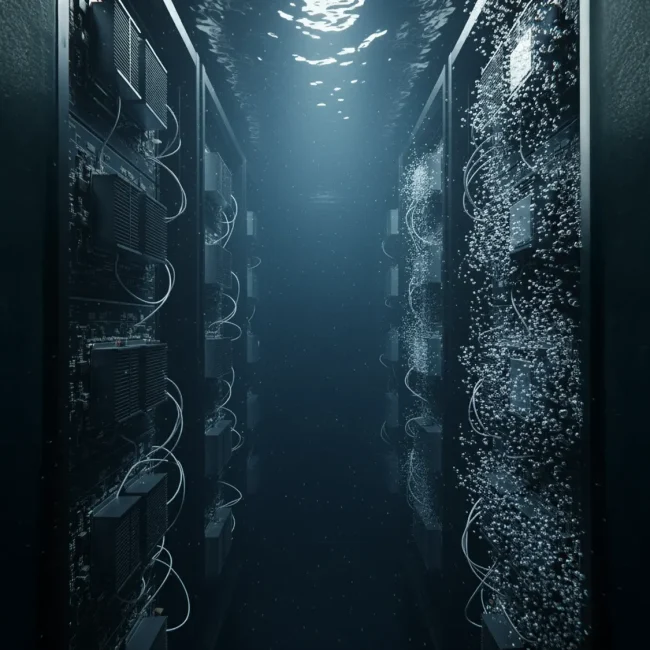
Two-Phase vs. Single-Phase Immersion Cooling System
Two-phase and single-phase immersion cooling are key technologies for AI server thermal management. Single-phase cooling fluid remains in liquid state throughout the process, with lower construction costs and simpler maintenance. Two-phase liquid cooling systems utilize low-boiling-point dielectric fluids, achieving heat transfer coefficients of thousands of W/m²·K through nucleate boiling and latent heat of phase change to remove substantial amounts of heat, forming a cooling cycle where the coolant evaporates and vaporizes to carry away significant thermal energy before condensing back. This provides higher heat dissipation efficiency but with more complex systems.




